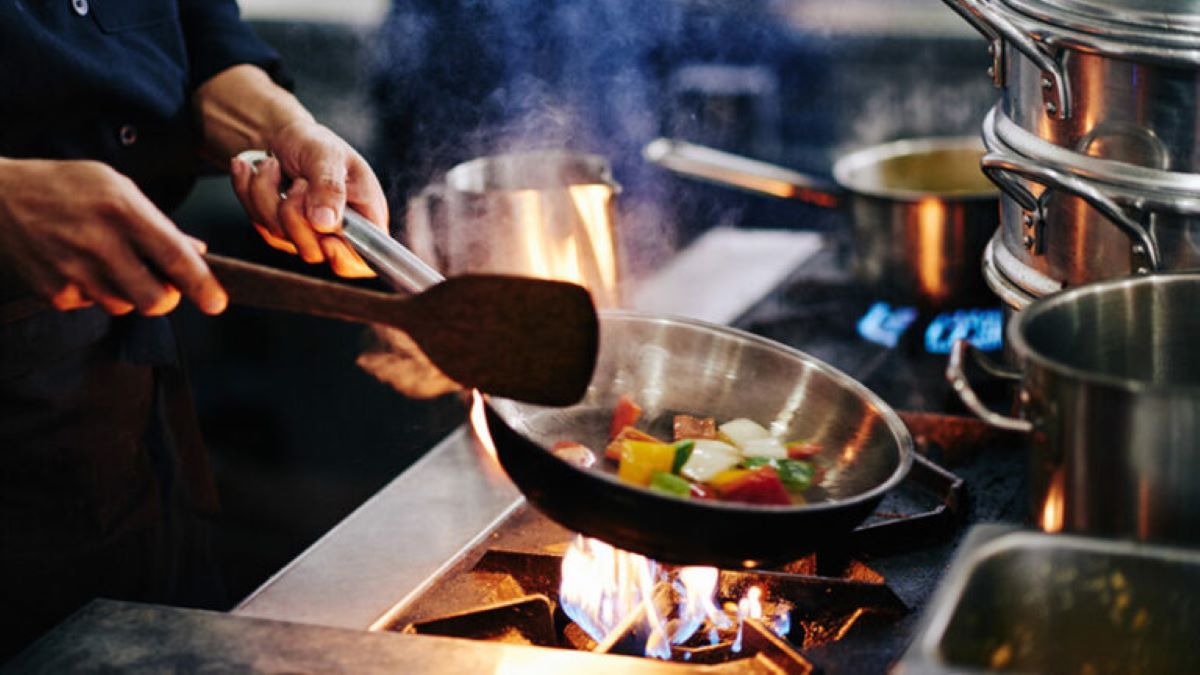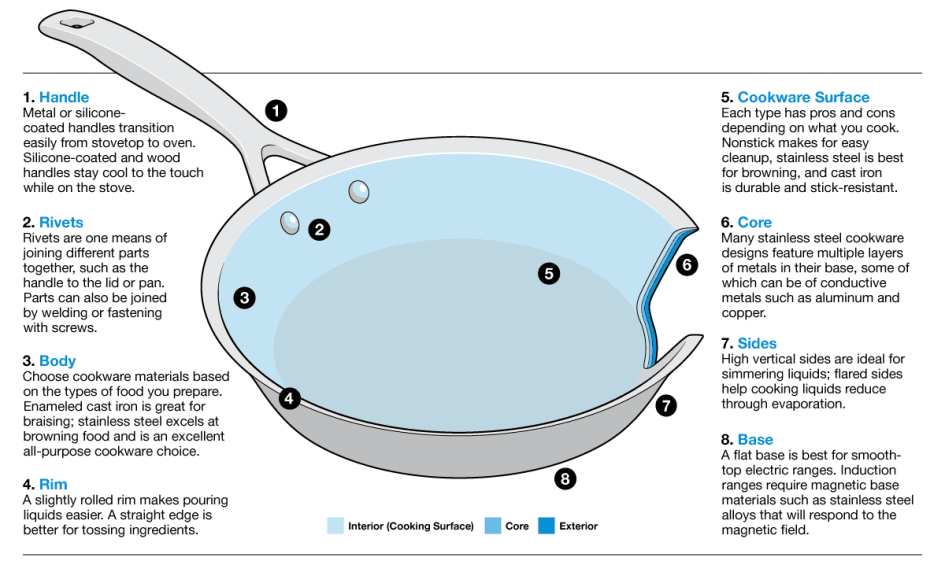Heat-Resistant Kitchen Tools: What Temperature Ratings Actually Mean
- Posted on

When it comes to cooking, not all kitchen utensils are created equal. Heat exposure can damage tools, warp materials, or even pose safety risks. Understanding heat-resistant ratings ensures your utensils withstand the temperatures in your kitchen, keep your cookware safe, and help you cook efficiently.
At BCKnife, our Utensils Collection includes high-quality silicone, stainless steel, and wooden utensils designed to handle high temperatures while performing flawlessly. In this guide, we’ll explain what heat-resistant ratings mean, why they matter, and how to choose the right tools for your kitchen.
Why Heat Resistance Matters in Kitchen Tools

Cooking often involves exposing utensils to intense heat, from sautéing and frying to stirring simmering sauces. Using the wrong material can result in:
- Warping or melting – Low-quality or non-heat-resistant utensils can deform.
- Release of toxins – Some plastics or coated materials may emit harmful chemicals when overheated.
- Scratched cookware – Hard or degraded utensils can damage nonstick surfaces.
- Reduced lifespan – Heat can shorten the durability of low-quality tools.
By understanding heat-resistance ratings, you can select utensils that remain safe and functional even in high-temperature cooking environments.
Understanding Heat-Resistant Ratings
A heat-resistant rating indicates the maximum temperature a utensil can withstand without damage. Ratings vary by material and construction:
- Silicone utensils – Typically heat-resistant from 400°F to 600°F. Food-grade silicone is flexible, non-toxic, and safe for nonstick cookware.
- Stainless steel utensils – Can withstand extremely high temperatures, often exceeding 1,000°F, making them ideal for frying, sautéing, and grilling.
- Wooden utensils – Heat-tolerant but less resistant than silicone or steel. Prolonged exposure to high heat can scorch or crack wood.
Tip: Always check the manufacturer’s heat rating before using a utensil near open flames or in the oven.
Heat Resistance by Material
Silicone Kitchen Utensils
Silicone has become a kitchen staple due to its flexibility, nonstick compatibility, and high heat tolerance.
Advantages:
- Flexible and gentle on cookware.
- Resistant to warping or melting at most cooking temperatures.
- Easy to clean, usually dishwasher safe.
Limitations:
- Can tear if exposed to sharp edges.
- High heat exposure beyond its rating can cause degradation.
Silicone is perfect for tasks such as stirring sauces, folding batter, or scraping bowls without damaging nonstick surfaces.
Stainless Steel Kitchen Utensils
Stainless steel is the ultimate heat-resistant material. Professional chefs often prefer it for its durability and ability to withstand extreme heat.
Advantages:
- Extremely high heat tolerance.
- Durable and long-lasting.
- Non-porous, hygienic, and easy to clean.
Limitations:
- Can scratch nonstick cookware.
- Heavier than silicone or wood.
- Metal handles may conduct heat, requiring insulated grips.
Stainless steel utensils are ideal for frying, stirring thick sauces, or serving hot dishes directly from pans.
Wooden Kitchen Utensils
Wooden utensils offer natural heat resistance and a gentle touch on cookware, making them ideal for everyday tasks.
Advantages:
- Safe for all cookware surfaces, including nonstick.
- Comfortable and ergonomic for extended use.
- Eco-friendly and sustainable.
Limitations:
- Less heat-tolerant than silicone or steel.
- Can scorch or crack if left in direct contact with high heat.
- Requires maintenance such as oiling to prevent drying.
Wooden utensils are perfect for stirring, folding, and mixing tasks but should not be left resting on a hot pan or directly over a flame.
How to Choose Heat-Resistant Utensils
When selecting utensils based on heat resistance, consider:
- Cooking style – Do you often fry, sauté, or stir at high heat? Stainless steel may be necessary for extreme temperatures, while silicone works for most home cooking.
- Cookware type – Nonstick pans require soft materials like silicone or wood to prevent scratching.
- Frequency of use – High-use utensils benefit from materials that resist warping and degradation over time.
- Maintenance – Stainless steel is low-maintenance; wood requires regular care; silicone is easy to clean.
Many cooks combine materials, using stainless steel for high-heat tasks and silicone or wood for gentle stirring and scraping.
Safety Tips for Heat-Resistant Kitchen Tools
To maximize the life and safety of your utensils:
- Avoid leaving silicone or wooden utensils resting directly in hot pans.
- Check temperature ratings before placing utensils in the oven.
- Hand wash wooden utensils to prevent warping or cracking.
- Replace tools that are warped, cracked, or discolored to maintain hygiene and safety.
Building a Complete Kitchen Utensil Collection
Heat resistance is just one factor when choosing the right utensils. Combine it with material choice, ergonomic design, and versatility to build a complete kitchen collection. Essential utensils include:
- Silicone spatulas and scrapers.
- Stainless steel tongs, ladles, and turners.
- Wooden spoons and mixing tools.
For a full guide on essential tools for every cook, see: The Essential Kitchen Utensil Collection: 10 Tools Every Cook Needs.
You can also explore the material differences in: Silicone vs. Stainless Steel vs. Wood: Choosing the Right Utensil Materials.
Shop Heat-Resistant Utensils at BCKnife
At BCKnife, we offer a premium selection of heat-resistant kitchen utensils designed for durability, safety, and performance. From silicone scrapers to stainless steel tongs and wooden stirring spoons, our tools are built to withstand the heat of everyday cooking while protecting your cookware.
Invest in high-quality utensils that can handle your kitchen demands, simplify meal prep, and last for years. Properly selected and maintained heat-resistant tools ensure efficiency, safety, and consistent results every time you cook.


